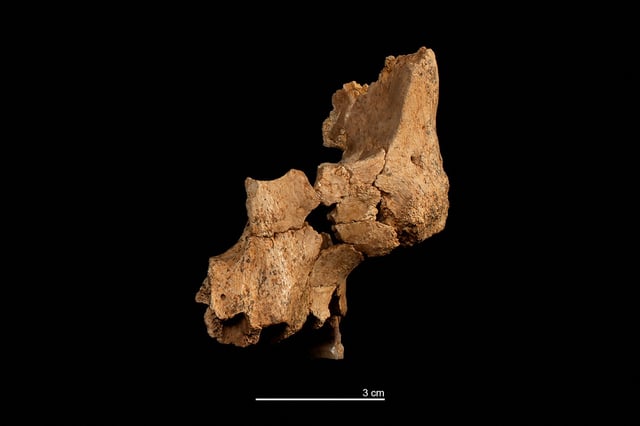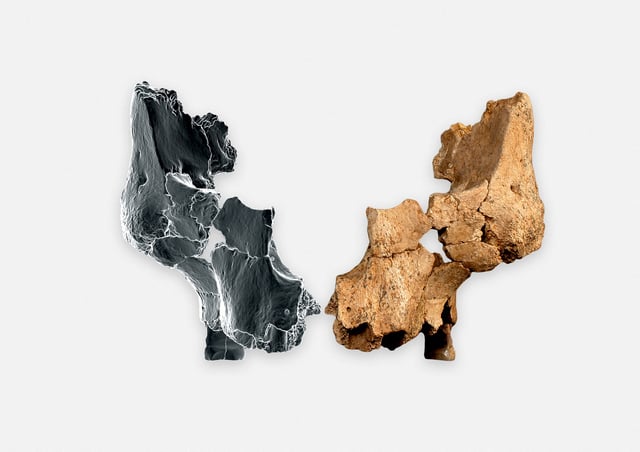Overview
- The fossil, found in 2022 at the Sima del Elefante site in northern Spain, includes parts of the cheekbone and upper jaw and is the oldest human fossil discovered in Western Europe.
- Researchers provisionally classified the fossil as Homo affinis erectus, a previously unknown species related to Homo erectus but with more primitive facial features.
- This discovery challenges previous assumptions that Homo antecessor was the first hominin to inhabit Western Europe, suggesting multiple human species coexisted during the Early Pleistocene.
- The site yielded 6,000 additional fossil remains, including animal bones with cut marks and simple stone tools, indicating early humans’ adaptation to their environment and subsistence strategies.
- Further excavation and study are planned to clarify the species' identity, its relationship to other hominins, and its role in the evolutionary history of the genus Homo.



